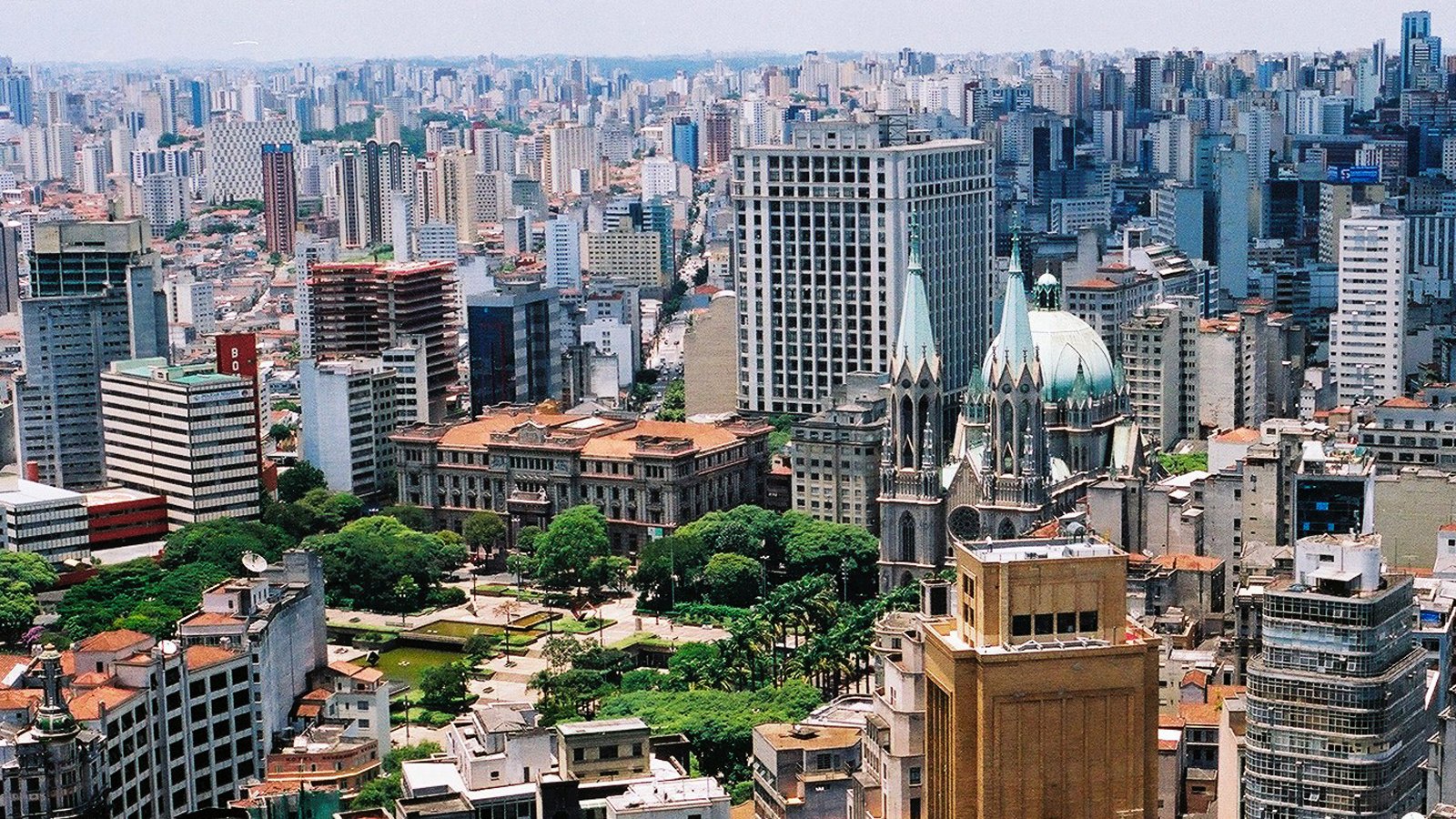

NR-10 – Safety in Electrical Installations and Services
NR-10 regulates the safety and health of workers who interact with electricity in Brazil. NR-10 was first published in 1978, based on the French standards, and revised four times, in 1983, 2004, 2016 and 2019, to reflect the changes in Read More ...

NR-12 – Machinery and Work Equipment Safety
NR-12 is a Brazilian regulation that establishes minimum requirements for the prevention of accidents and diseases related to the work with machines and equipment of all types. NR-12 was originally issued in 1978, based on articles 184 to 186 of Read More ...

NR-13 – Boilers and Pressure Vessels
NR-13 establishes the minimum requirements for the management of the structural integrity of boilers, pressure vessels, their interconnection pipes and metal storage tanks, in aspects related to installation, inspection, operation and maintenance, aiming at the safety and health of workers. Read More ...

NR37 – Health and Safety on Oil Platforms
NR-37, “Health and Safety on Oil Platforms,” was established by MTb Ordinance No. 1186 on December 20, 2018, based on Annex II of NR-30. It sets minimum safety and health requirements for work on oil platforms in Brazilian Jurisdictional Waters Read More ...


